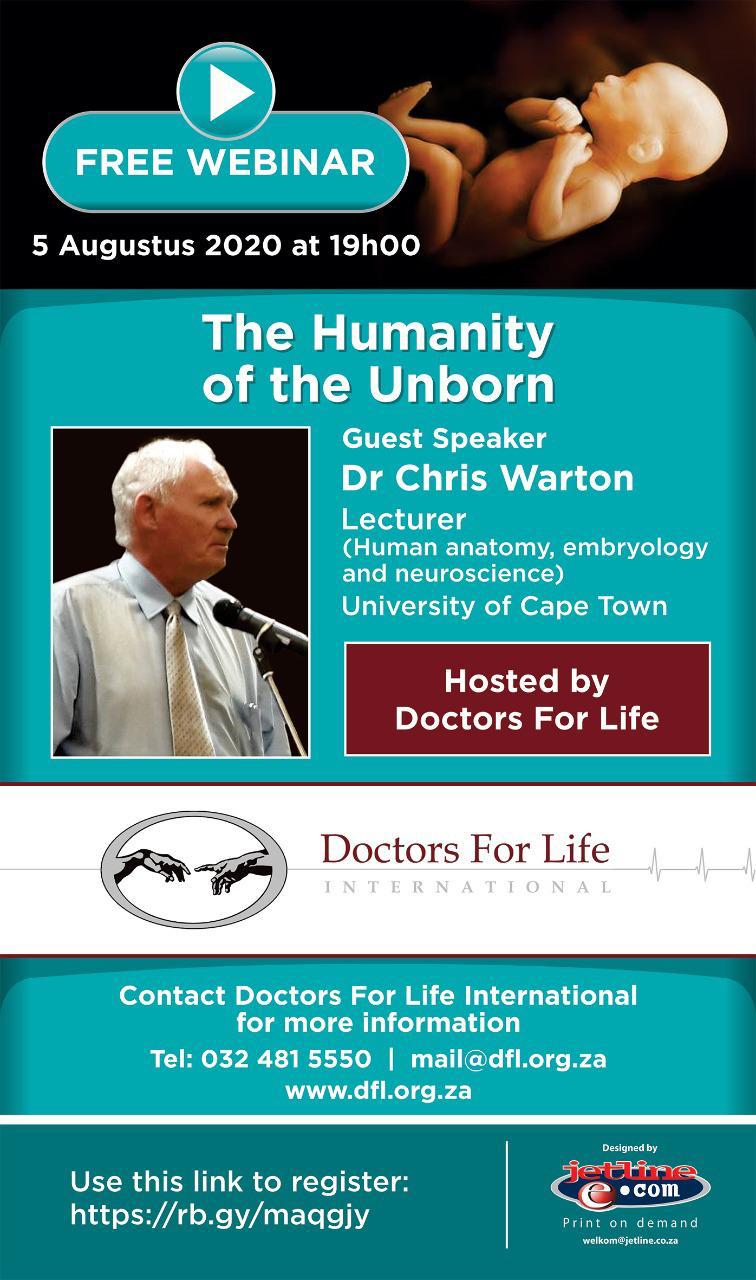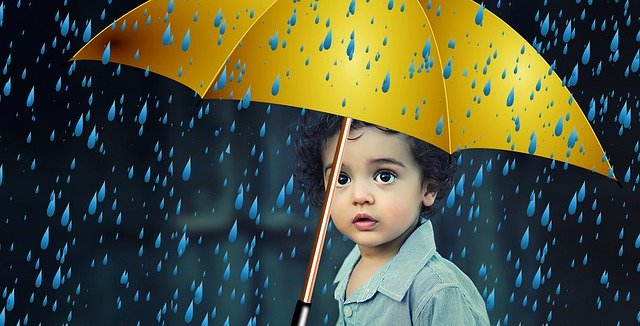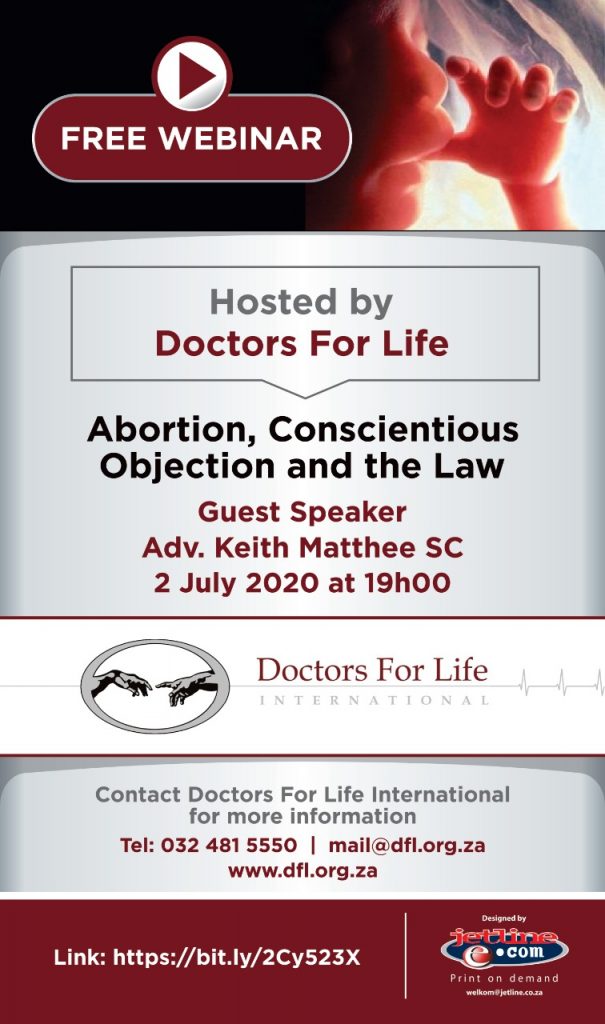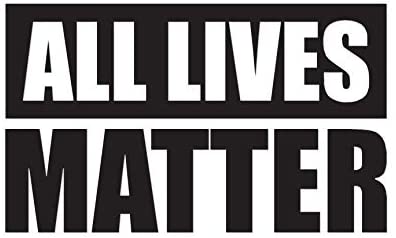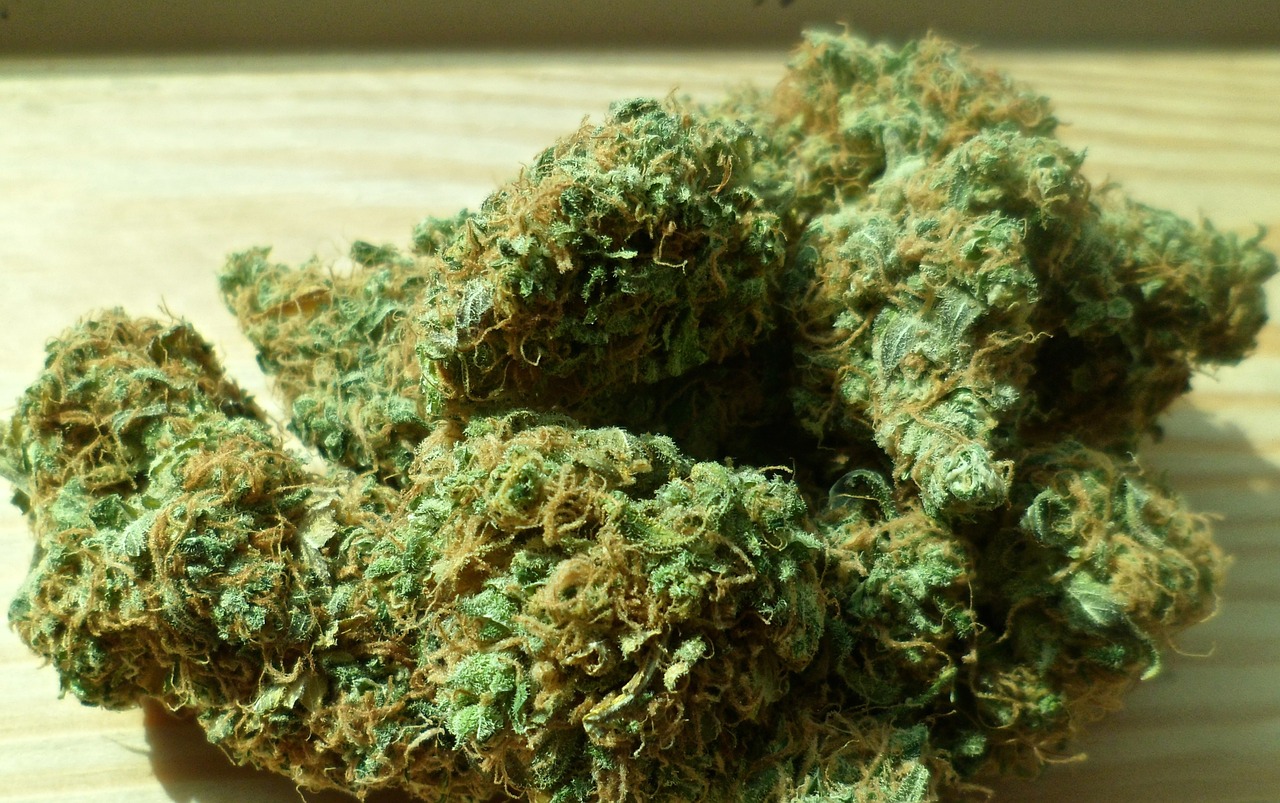Register HERE
Uncategorized
7 Tactics a Child Predator Uses to Lure Kids: Red Flag Phrases Every Parent Needs to Know
Editor’s note: This article first appeared on Protect Young Minds .
by Kimberly King Apr 14, 2020
This is written by Kimberly King, an award-winning author, teacher, and authority on the subject of sexual abuse prevention.
As parents, we all want to keep our kids safe from harm. We teach our kids to wash their hands, cover their mouths, buckle up the seat belts, and always wear a helmet when riding a bike.
Sexual abuse prevention is a bit more complicated than that.
The good news is that with investing a minimal amount of time in sexual abuse prevention education, parents and kids can be empowered. Learning about sexual abuse prevention can help parents protect their kids immediately.
Abusers have specialized methods to choose and manipulate victims through a variety of techniques and tricks. They try to gain the trust of the child and family first and eventually move toward “grooming.”
Learning about the tactics and tricks child predators use will help parents be more aware. Here are some red flag phrases and tactics abusers may use.
1. “Can you keep a secret?”
Secrecy.
Sexual abuse thrives under layers of secrets. If your child hears this phrase from an adult, it is a HUGE red flag.
A skilled abuser may first ask a child to keep a secret that seems innocent, saying things like
- “Let’s keep this treat our little secret.”
- “Don’t tell your mom we got ice cream before dinner.”
These are small, benign secrets that seem harmless.
When confident the child has kept those types of secrets the abuser will move on to acts of sexual abuse, demanding secrecy about that behavior as well. At that point, the child may feel so guilty and ashamed that he or she feels they cannot tell.
What you can do:
Tell young children that they must never keep secrets from their parents.
2. “You’re my special friend.”
Friendship.
Abusers try to build up relationships with kids by promoting common interests. They also try to establish trust with kids by attempting to make children feel special or unique. An abuser will try to gain the affection of his or her intended victim by sharing these likes and things they have in common.
What you can do:
A good rule of thumb to remember is that kids need age-appropriate friends, and adults need adult friends.
3. “Let’s spend some quality alone time together.”
Isolation.
A big red flag! Adults have adult friends, not “special” kid friends. Any activity that requires an adult to be alone with a child is not safe, especially overnights. Abusers try to normalize certain behaviors and lower inhibitions. So, a situation where a child must change clothing or do a sleepover is inherently risky.
What you can do:
Implement the rule of three. This rule requires that there should always be at least three people present – one adult and two or more children, or two adults and one child.
4. “Does Somebody need a hug?”
Affection.
Pats on the back, a hug to say goodbye– may be completely acceptable in many circumstances. Because of this, many predators seek careers where they have easy access to children. Be aware of your child’s reactions to other adults and comfort levels regarding physical affection.
What you can do:
Teach your children that if they ever feel uncomfortable about any physical contact, they need to tell you. Learn about consent and teach body autonomy to your little ones from an early age.
5. “Want to hear a dirty joke?”
Humor.
An abuser can lure a child closer by using jokes and games. These may start “G” rated. But, soon lead to “dirty” jokes, showing children online pornography, or by introducing sexual games.
What you can do:
If your child is old enough to have internet access, make sure you are monitoring email and social network messages. A predator may send explicit materials through social media apps. And may ask or demand inappropriate photos from your child. Kids can get easily trapped and scared in this predicament.
Consider installing Apps like BARK to protect and monitor your child.
6. “Your parents don’t understand you. I know how you feel.”
Empathy.
Sometimes, kids can feel isolated or alone, especially during family duress. Separations, divorce, or other changes in family structure or location can make kids more vulnerable.
Predators often target kids who feel isolated from their peers by using empathy.
What you can do:
If your family does go through a stressful period, pay attention. A great family counselor can help get ahead of some of these issues.
7. “Your parents will never forgive you if they find out what we did, you didn’t say No!“
Shame.
A child is not able to give consent in a sexual relationship. The blame/ shame, control game is hard to handle. The predator will use a child’s confusion and fear as they attempt to maintain control over the victim.
What you can do:
Kids need to know that no matter how long any inappropriate contact or abuse has gone on, it is NEVER their fault, and you will always help, protect, and love them.
A prepared child is less of a target.
Parents have the immense responsibility of trying to protect their families from sexual abuse. The best way to add a layer of protection is to educate yourself and your kids about sexual abuse.
Sexual abuse can be prevented when parents learn the facts about sexual abuse and minimize the risks for the family.
IF BLACK LIVES MATTER, DEFUND ABORTION
USA
Matt Walsh an American writer, actor and director wrote a piece on Black Lives Matter in the Daily Wire. He said
“defunding the police is sure to kill many more black people than it saves, defunding Planned Parenthood, and then abolishing abortion entirely, is sure to save many millions of lives while costing none.”
Abortion has destroyed over 60 million people in the USA since Roe v. Wade. In some American cities, the situation has gotten so bad that more black babies are aborted than born. Planned Parenthood kills close to 100,000 black people every year. For comparison sake, police killed 1,000 people total last year — white, black, armed, and unarmed.
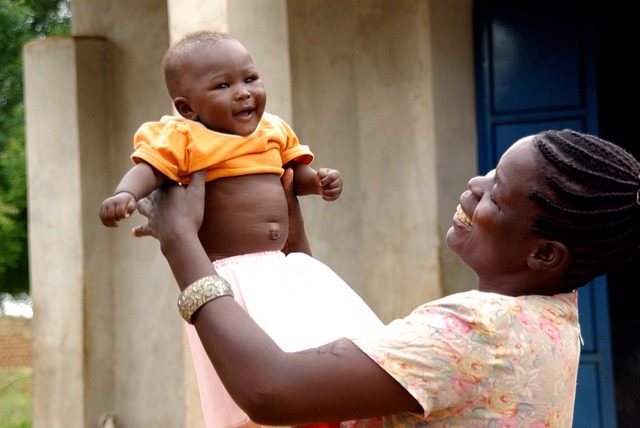
LGBT GUIDELINES IN SA SCHOOLS | FACTS – NOT IDEOLOGY – DETERMINE REALITY.
MEDIA RELEASE
Embargo: Immediate release Inquiries: Doctors For Life Int.
Date: 19 June 2020 Telephone: 032 481 5550
- DA’s draft guidelines on Gender Identity and Sexual Orientation in Public Schools unscientific
- DFL made Submission to Adv. Lynn Coleridge-Zils
- Pro-LGBT Johns Hopkins Science on LGBT issues | genetics, causation, discrimination.
- Growing number of individuals regretting transitioning.
- 5 counties in UK and 15 states in the USA working to withdraw either/and transgender bathroom bills, opposite sex sport participation and transgender surgery on minors
Doctors For Life (DFL) is deeply concerned for the youth of South Africa, especially since the Democratic Alliance (DA) has recently published draft guidelines on Gender Identity and Sexual Orientation in Public Schools.[1] These guidelines suggest that boys and girls must be encouraged to believe that they can be “born in the wrong body with the wrong sex” and that boys and girls can “use whatever toilets and changing rooms they feel most comfortable using”. DFL has taken this opportunity to make a scientific submission to Lynn Coleridge-Zils along with examples of the mistakes made by other countries that we can learn from.
In a statement the American College of Pediatricians urged healthcare professionals, educators and legislators to “reject all policies that condition children to accept as normal a life of chemical and surgical impersonation of the opposite sex. Facts – not ideology – determine reality.” And outlined the following;
- Human sexuality is an objective biological binary trait: every single cell in a person’s body is either “XY” or “XX” which are genetic markers of being male or female, – not genetic markers of a disorder that needs to be changed through transgendering.
- A person’s belief that he or she is something they are not is, at best, a sign of confused thinking. When an otherwise healthy biological boy believes he is a girl, or an otherwise healthy biological girl believes she is a boy, an objective psychological problem exists that lies in the mind not the body, and it should be treated as such.
- Rates of suicide are nearly twenty times greater among adults who use cross-sex hormones and undergo sex reassignment surgery, even in Sweden which is among the most LGBTQ – affirming countries. What compassionate and reasonable person would condemn young children to this fate knowing that after puberty as many as 88% of girls and 98% of boys will eventually accept reality and achieve a state of mental and physical health?
- Conditioning children into believing that a lifetime of chemical and surgical impersonation of the opposite sex is normal and healthful is mental molestation of children. [2]
Johns Hopkins University was the first Pro-LGBT medical center who pioneered sex-reassignment surgeries (SRS) on transgender individuals in 1960. Most of the surgically treated patients described themselves as “satisfied” by the results, but their subsequent mental distress and depression were no better than those who didn’t have the surgery. And so at Hopkins they stopped doing SRS, since producing a “satisfied” but still troubled patient seemed an inadequate reason for surgically amputating normal organs. [3]
Sweden’s Karolinska Institute did a longitudinal study in 2011 of 30 years – following 324 trans people who had SRS. The results showed how 10 years after having the surgery, the transgender person experienced increasing mental difficulties. Most alarmingly, their suicide rate rose 2000% (!) compared to non-transgender populations. [3] LGBT groups tried attributing their suffering to discrimination and stigmatization but Johns Hopkins said, “There is evidence linking some forms of mistreatment, stigmatization, and discrimination to some of the poor mental health outcomes experienced by non-heterosexuals, but it is far from clear that these factors account for all of the disparities between the heterosexual and non-heterosexual populations.” [4, page 85] Sweden is one of the most tolerant countries of LGBT and yet these problems persist within the community.
Johns Hopkins university went even further and published a report stating “Some of the most known views about sexual orientation, like the ‘born that way’ or ‘born in the wrong body’ hypothesis, simply are not supported by science.” [4, page 7 & 8] Rather we should look at “developmental, environmental, experiential, social, or volitional factors…” [4, page 33]That will give a fuller picture of how sexual interests, attractions, and desires develop. As in many other studies, data shows associations between childhood sexual abuse or maltreatment and LGBT orientation, with the strongest associations being between sexual abuse and sexual identity. [4, page 49]
Some medical institutions have been pressured to abandon what is well known about homosexuality for decades in fear of being labelled “homophobic” or “transphobic”. Radical LGBT groups intimidate and label disagreeing parties in attempt to suppress the truth because the scientific evidence flies in the face of their false claims about being “born that way” and “born in the wrong body”. There is a growing number of experts who disagree and who base their opinions on sound science and genetics.
Last year December 200 people showed up for the world’s first gender de-transition conference in England. The sold-out event included a panel of medical and psychological health experts as well as young women who are “de-transitioning” from attempts to make them men. The event also marked the official launch of the De-transition Advocacy Network headed by Charlie Evans, 28, a woman who identified as a man for a decade. Evans decided to found the group to help the hundreds of young people she says have reached out to her after regretting their own experiments with hormonal treatments and surgeries. [5]
The Equalities Minister in the UK blasted a document containing LGBT guidelines for schools. The document asserted that schools have a legal and moral duty to embed LGBT teaching in the curriculum, and suggests that schools ignore the concerns of parents and carers who object. The LGBT guidelines document also told schools to ignore advice from groups such as Transgender Trend, A Woman’s Place UK and Fair Play for Women, because these groups do not fully endorse the affirmative approach to gender confusion. The LGBT guidelines document further made false claims that “refusing a child or young person access to the changing room or toilet of their gender identity would constitute an act of discrimination”. [6]
Hungary is another example where parliament voted 133 to 57 to ban transgender individuals from changing their gender/sex on identity documents. [7]
Currently six counties in the UK [8] and fifteen States in the USA [9] are working to withdraw transgender bills that allow children to use opposite sex toilets, changing facilities, and opposite sex sports participation. As well stop transgender surgery on minors under 18 years of age.
In closing we’d like to ask why the DA wants to initiate and experiment on the public and children of South Africa, when other countries have already experimented, and now show us the outcome that will follow?
Editors note: The downloadable version of our submission available here has been updated with a few minor changes after we sent it out to the media and our database.
New Study: Use of High Potency Marijuana Increases Risk of Anxiety Disorders
Editor’s note: This is posted with permission from SAM
Today’s highly potent marijuana drastically increases the risk of mental health issues according to a new study published in the journal JAMA Psychiatry. The study, conducted with 1,087 twenty-four-year olds who reported recent marijuana use, found that users of high potency marijuana were four times more likely to abuse the substance and twice as likely to develop anxiety disorders.
“Studies such as this continue to prove what we have been saying for some time: today’s pot is light years away from the weed of Woodstock,” said Dr. Kevin Sabet, president of Smart Approaches to Marijuana and a former senior drug policy advisor to the Obama Administration. “As we have routinely pointed out, the science behind today’s pot is sorely lacking. As it catches up, we are certain to see more studies such as this.”
In addition to increases in anxiety, the study also found that users of high potency marijuana were more likely to use the drug once a week, twice as likely to have used other substances in the past year, and more than three times as likely to be tobacco users.
Marijuana commonly used in the 60’s, 70’s, and even 90’s barely registered above 4% THC content. Today, following the commercialization of the drug, average THC content has exploded some 500%. Average marijuana “buds” can feature up to 30% THC while marijuana concentrates can contain upwards of 99% THC.
As the science struggles to catch up with the rising potency of today’s marijuana, we are only seeing the first signs that marijuana use has become much more harmful to the human brain. Last year, a groundbreaking study confirmed a link between the use of high potency marijuana and greater rates of psychosis at the population level. Daily users of high potency pot were more than 4x more likely to develop psychosis.
“When it comes to tobacco, we didn’t see truly drastic harms until big corporations saw the potential for massive revenues and started altering tobacco to make it more addictive,” continued Dr. Sabet. “We are beginning to see the same take place with marijuana. A massive industry, ironically featuring billions in investment from Big Tobacco, is working to expand marijuana commercialization while also driving up THC content. Meanwhile, warnings from public health researchers and experts are ignored. We cannot allow this to continue.”
Association of High-Potency Cannabis Use With Mental Health and Substance Use in Adolescence
New publication: Wake Up!
This incredible book was donated to Doctors For Life (DFL) as a gift by the Author(s) Arno Lamm and Emile-Andre Vanbeckevoort. DFL recommends this book and we are distributing it locally (i.e. South Africa) Free of charge to all who would like to have a copy.
More about the book:

For a copy of this book you can contact us on (032) 481 5550 or email us at [email protected]
SORRY: POT SHOPS NOT ‘ESSENTIAL BUSINESSES’ — AND SMOKING BOOSTS CORONAVIRUS RISKS
Editors Note: This article first appeared in the New York Post
To contain the coronavirus, governments have scaled down society to its bare bones, allowing only essential services to operate. Hospitals. Grocery stores. Takeout restaurants and pharmacies. Things that literally mean life or death.
Does getting high count? Of course, it doesn’t.
Yet several governors have bowed to pressure from Big Weed and added pot shops to the short list. In Colorado, Gov. Jared Polis initially restricted marijuana businesses to curbside or takeout-style service only. It took less than a week, however, before he caved to pot-industry lobbyists and reversed course, allowing full indoor sales to carry on.
Massachusetts Gov. Charlie Baker wasn’t so easy to bend, so last week, Big Weed filed a lawsuit against him, demanding he deem recreational-marijuana businesses “essential” and allow them to operate.
While the industry lawyers are fighting for pot rights, legal pot peddlers are celebrating massive increases in sales. One executive has even gone so far as to claim that marijuana is “recession-proof.” According to CNBC, one California-based chain is enjoying a 20 to 25 percent increase in sales.
Given this rise in sales, it’s worth pointing out that a host of public-health organizations have raised the alarm about the dangers of smoking marijuana, or anything for that matter, in the midst of the COVID-19 pandemic. As we face down a disease that targets lungs and the immune system, promoting pot is dangerous.
Today’s marijuana isn’t Woodstock weed. Pot packaged and sold in shops can be up to 99 percent THC, the active ingredient. And those shops don’t primarily serve the sick and dying. Regardless, there are Food and Drug Administration-approved, marijuana-based medications still at pharmacies for those people who truly rely on these products to deal with end-of-life care or severe illness.
But giving pot shops a free pass at a time like this is the wrong thing to do.
First, smoking or vaping marijuana may make COVID-19 symptoms worse. According to the National Institutes of Health (corona czar Dr. Anthony Fauci’s mother organization), the World Health Organization and the American Lung Association, there are certain groups of people more susceptible to developing a severe case of COVID-19, and among them are those who use marijuana or tobacco.
In a recent blog post, Dr. Nora Volkow, director of one NIH institute, stated that “because it attacks the lungs . . . COVID-19 could be an especially serious threat to those who smoke tobacco or marijuana or who vape.” Marijuana smoke is extremely harmful to the lungs and has even been found to contain many of the same harmful components as tobacco smoke.
There is even evidence that it leads to the development of chronic bronchitis. Plus, research suggests that marijuana use increases the risk of infections such as pneumonia, a condition commonly seen in the most severe COVID-19 cases.
And you aren’t out of the woods if you take edibles, either. THC has been shown in studies to hurt the immune system and jeopardize overall health. In fact, THC can be an immunosuppressant, according to studies.
When a foreign viral body, such as the novel coronavirus, enters the body, your immune system shoots into overdrive and creates proteins that work to destroy the foreign invader. THC works against the body’s ability to create these proteins, giving the viral infection the upper hand. The result: more severe symptoms or a longer road to full recovery.
The marijuana lobby, concerned only with profits, has now even demanded government-bailout money.
What are they smoking?
Instead of bowing to the demands of Big Weed and their well-funded lobbyists, we should be doing everything in our power to mitigate the harms associated with this outbreak. In the interest of the health and safety of Americans, marijuana stores shouldn’t be deemed “essential” — they should be closed. And not a dime of taxpayer money should go to them while they’re reaping record profits.
Finally, we need to discourage dangerous pot use while people are shut in. Prior generations sacrificed far more in times of crisis. We can give up a little pot.
Dr. Kevin Sabet, a former drug-policy adviser to President Barack Obama, is president of Smart Approaches to Marijuana.
Death on Demand comes to Germany
Editor’s note. This first appeared at First Things and is reposted with the author’s permission.
The 1973 dystopian film Soylent Green featured several shocking moments, including overpopulation riots and men calling women “the furniture” required for sex. But the most disturbing scene showed Edward G. Robinson entering a euthanasia clinic, choosing to be put down rather than live with his existential anguish. What was once fiction is becoming reality. Assisted suicide, unthinkable then, is popular now. Since the movie was released, many have come to view human existence as a relative, rather than absolute, good. The sanctity of life ethic has been replaced by the drive to eliminate suffering, even if this requires eliminating the sufferer. And the raw power of this logic has led directly to suicide clinics and a right to death on demand—since no one can judge what another person considers to be unbearable torment.
Assisted suicide activists insist that euthanasia is only for the seriously ill, and offer vacuous promises of strict guidelines to protect the vulnerable. Such bromides have never made sense to me. If there is indeed a “right to die,” if the most important good is “choice” rather than “life,” how can the right to commit suicide remain limited to the seriously ill? After all, many people suffer more intensely and for a longer time than the sick. Once one accepts the moral propriety of euthanasia, the logic eventually leads to death on demand for anyone who desires to die.
Still, even I never expected full-bore death on demand to arrive in the West for another decade. I was too optimistic. A recent ruling from Germany’s highest court has cast right-to-die incrementalism aside and conjured a fundamental right both to commit suicide and to receive assistance in doing it. Moreover, the decision has explicitly rejected limiting the right to people diagnosed with illnesses or disabilities. As a matter of protecting “the right of personality,” the court decreed that “self-determined death” is a virtually unlimited fundamental liberty that the government must guarantee to protect “autonomy.” In other words, the German people now have the right to kill themselves at any time and for any reason. From the decision (published English version, my emphasis):
The right to a self-determined death is not limited to situations defined by external causes like serious or incurable illnesses, nor does it only apply in certain stages of life or illness. Rather, this right is guaranteed in all stages of a person’s existence. . . . The individual’s decision to end their own life, based on how they personally define quality of life and a meaningful existence, eludes any evaluation on the basis of general values, religious dogmas, societal norms for dealing with life and death, or consideration of objective rationality. It is thus not incumbent upon the individual to further explain or justify their decision; rather their decision must, in principle, be respected by state and society as an act of self-determination.
The court wasn’t done. The right to suicide also includes a right to assist suicide:
The right to take one’s own life also encompasses the freedom to seek and, if offered, utilize assistance provided by third parties for this purpose. . . . Therefore, the constitutional guarantee of the right to suicide corresponds to equally far-reaching constitutional protection extended to the acts carried out by persons rendering suicide assistance.
The court also opined that Germany’s drug laws might have to be changed to facilitate the absolute right to die that “the state must guarantee”:
Sufficient space must remain in practice for the individual to exercise the right to depart this life and, based on their free will and with the support of third parties, to carry out this decision on their own terms. This not only requires legislative coherence in the design of the legal framework applicable to the medical profession and pharmacists but potentially also requires adjustments of the law on controlled substances.
This is stunning and appalling: In Germany, autonomous people now have the absolute right to commit suicide and receive assistance in doing so for any reason or no identifiable reason at all. The court’s ruling is so encompassing that it seems to apply even to children capable of making autonomous decisions, since being underage is a “stage of existence.” While the court stated that minor restrictions such as waiting periods might pass legal muster—the government may also prohibit “particularly dangerous forms of suicide assistance” (whatever that means)—the German constitution now requires, literally, death on demand.
That will not be the end of it, either. One radical court ruling leads to another. The right to commit suicide could soon become a right to be killed outright. After all, everyone isn’t physically or emotionally capable of committing suicide, and homicide can achieve death more swiftly and with less discomfort than a do-it-yourself demise. Since Germany’s absolute right to assist in suicide is open-ended and not limited to doctors, why not permit friends to kill friends?
The ruling also opens the gates to social anarchy. How can the state now restrict the taking and selling of addicting drugs? Drugs may be harmful, but if an autonomous person chooses to spend their days high, how can the state gainsay that decision or inhibit the commercial providers who supply the fixes? How can the state restrict any surgical or chemical sex changes? And on what basis can the state prohibit people who identify as “transabled” (people who have body identity integrity disorder) from amputating their healthy limbs or severing their healthy spinal cords? If suicide is no longer a harm the state has a duty to prevent, how can the state thwart a person’s desire to destroy his bodily functions? Indeed, how can the state restrain any personal behavior or vice, so long as the desired autonomous act does not directly harm an unwilling other?
I am reminded of Canadian journalist Andrew Coyne’s prophetic words more than twenty years ago. Reacting to his country’s strong public support for a father who murdered his disabled daughter as a supposed act of compassion, he wrote: “A society that believes in nothing can offer no argument even against death. A culture that has lost its faith in life cannot comprehend why it should be endured.” If we don’t change our current cultural trajectory, we will become “Germany” too. Wesley J. Smith is a senior fellow at the Discovery Institute. His latest book is Culture of Death: The Age of “Do Harm” Medicine
DFL ASSIST ABOUT 1000 HOUSEHOLDS DURING LOCK DOWN
Doctors For Life International (DFL) has been actively assisting the needy communities in South Africa during the Lock-down period. To date DFL have hand delivered essential parcels to about 1000 households in rural KwaZulu-Natal. These parcels contain 5 litre bottles of aQuelle spring water, packs of 500ml aQuelle flavoured water, hand sanitisers and masks. It also includes COVID-19 info brochures translated to Zulu. The parcels are distributed by DFL volunteers and much time is taken in educating the families and children on hygiene and Coronavirus information.
“It is a wonderful opportunity to show compassion to those struggling during this trying time.” said Johan Claassen, the program director for medical operations at DFL. “The people are so thankful where-ever we go” he said.
DFL would like to thank aQuelle, Emseni farming, Medical Mission International (MMI) and DSS for their assistance and donations to help make these outreaches happen.








